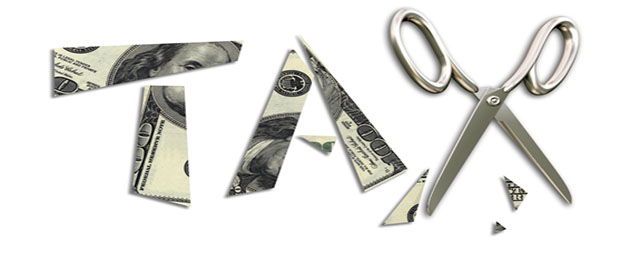“What’s the effective rate I’ve been paying? It’s probably closer to the 15 percent rate than anything.” Mitt Romney made national news with that statement during the 2012 presidential election, since it meant he paid a lower effective tax rate than many middle-class Americans. The simple reason for his low tax bill? The tax code’s special treatment of investment income.
In a recent report published by the Center for American Progress, I examine how government subsidies for investment income are making economic inequality worse. The merits of subsidizing investment income are particularly questionable in light of new research published by renowned French economist Thomas Piketty in Capital in the Twenty-First Century. Piketty finds that economic inequality has increased dramatically in recent decades, and will get even worse as the rate of return on capital from investments largely owned by the wealthy exceeds the overall growth rate of the economy.
Nobel-winning economist Joseph Stiglitz, Chief Economist at the Roosevelt Institute, takes a hard look at subsidies for investment income in a new white paper on tax reform. Stiglitz advocates taxing capital gains and dividends at the same rates as ordinary income. Under current law, the federal government will deliver an estimated $1.34 trillion in subsidies to investors over the next 10 years in the form of reduced tax rates for capital gains and dividends. Sixty-eight percent of that money will go to the top 1 percent. Stiglitz argues that there is “no justification for taxing those who work hard to earn a living at a higher rate than those who derive their income from speculation.”
Stiglitz would also eliminate an expensive, but little-known, provision called “step-up in basis,” which subsidizes inherited wealth. By taking a step-up in basis, heirs selling inherited assets only have to pay taxes on the capital gain that took place since they received the asset – gains that accrued during the previous owner’s lifetime are never subject to income taxes. This tax break will cost about $644 billion over 10 years, with 21 percent of that subsidy going to the top 1 percent. For the wealthiest families, the benefits are staggering: 55 percent of the wealth in estates worth over $100 million is in the form of unrealized capital gains, meaning that these families will never pay income taxes on the majority of their earnings since the heirs will benefit from step-up in basis.
Defenders of tax breaks for investment income argue that these subsidies encourage savings and grow the economy, but over the past 60 years there has been no obvious relationship between economic growth and the top capital gains tax rate. Our economic problems are rooted in a lack of aggregate demand, but tax subsidies for investment income reduce demand even further for two reasons. First, they encourage investors to hold onto their wealth and consume less. Second, these subsidies increase economic inequality by primarily benefiting the rich, who tend to consume a much smaller share of their income than poor or middle-class individuals.
The assumption underlying subsidies for investment income is that wealthy investors are “job creators,” but Stiglitz points out that “much of the income of the top arises from rent seeking (wealth appropriation) – and thus impedes growth and efficiency.”
Read the whole article here






Be the first to comment on "Where does $2 Trillion in subsidies for the wealthiest hide? Capital gains tax breaks"